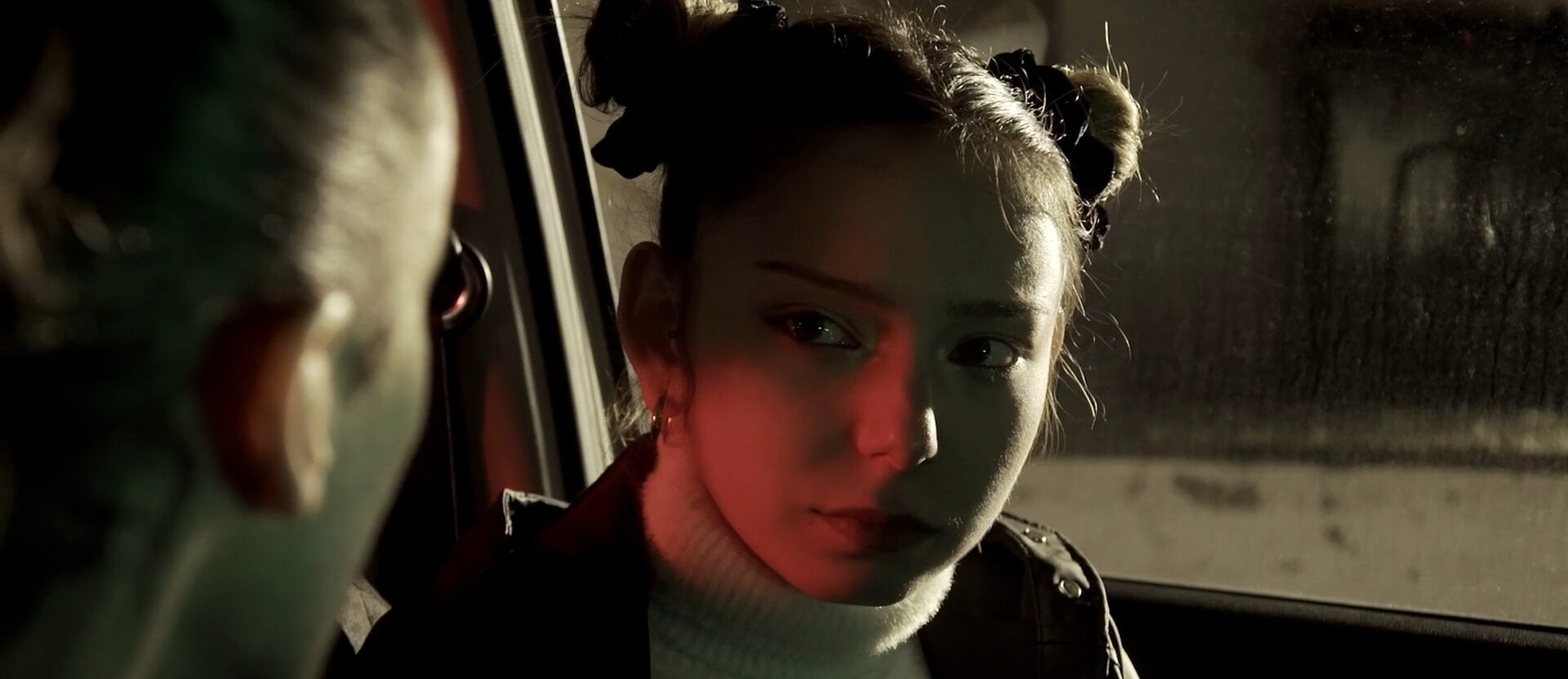Do you completely understand what’s happening in your scene before you start acting it out? Is it possible that you’ve only looked on the surface, failed to delve deeper, or completely misunderstood? Today Ruggero discusses the risks of misinterpreting a scene that you’re acting in and how it can negatively affect your performance.
Transcript
Hi, I’m your host, Ruggero Dalla Santa, and today I want to look at what makes a scene work.
There’s a common mistake I see happen all the time that makes scenes uninteresting and flat. That mistake is misreading a scene, misunderstanding what it is that makes the scene work.
This can often manifest itself as acting backwards – so acting the end result of a scene from the beginning.
So, for example, if a character is angry at the end of the scene, the actor plays him angry, or at least pissed off, from the very beginning.
However, it can happen that, even though the actors all create an interesting journey for the characters and give interesting line reads and do their very best, the scene still doesn’t quite work as well as it should. The reason for this is usually that the actors – and the director most of the time –
haven’t quite understood what it is that makes the scene work. In a way, they haven’t understood what the scene is actually about.
Let me give an example: a couple of years ago I saw an amateur production of the musical Chess. It was a pretty good production and the director and the actors all did a very good job, but there was one specific scene that really didn’t work for me. It’s the scene with the famous song Nobody’s Side.
Now, a bit of context: in the scene, the character of Florence realises that she’s not in love with her current partner any more and that she can’t trust him. It’s a really sad realisation and the whole song, if you listen to the lyrics, says “nobody’s on nobody’s side” so, even though it’s a very energetic and kind of strong song, it’s not a happy one.
The problem is that the actress only went with the general feel of the music and completely ignored the story. So she sang it happy and that just didn’t work. In that case, the dynamic of the scene relied upon the character of Florence having this horrible realisation and then working out her feelings during the song.
Over the next few videos I’ll go through a series of different dynamics that make scenes work so as to help you analyse your script.
Thank you very much for watching. If you enjoyed this video please share it with your friends and if you have any topic you’d like me to talk about just get in touch.
Thank you very much, I’ll see you next time.

